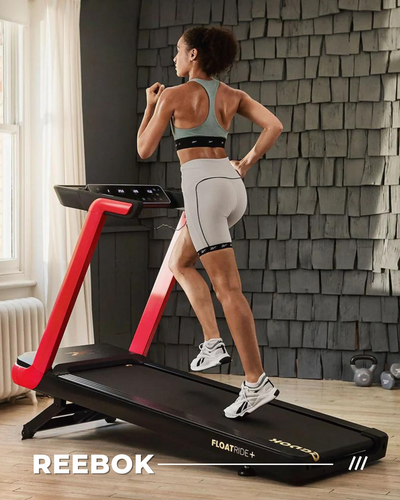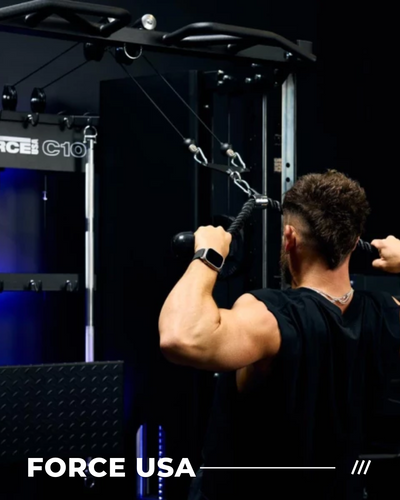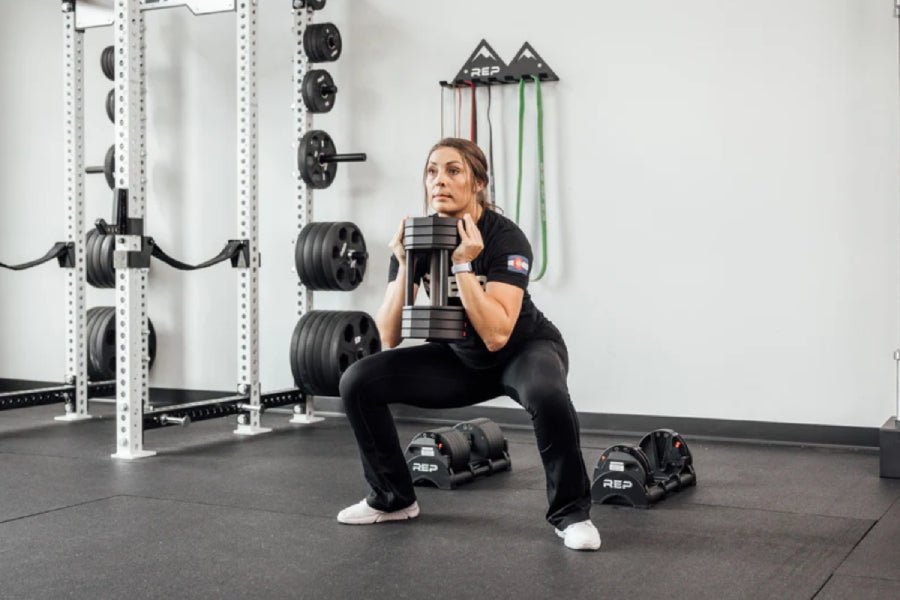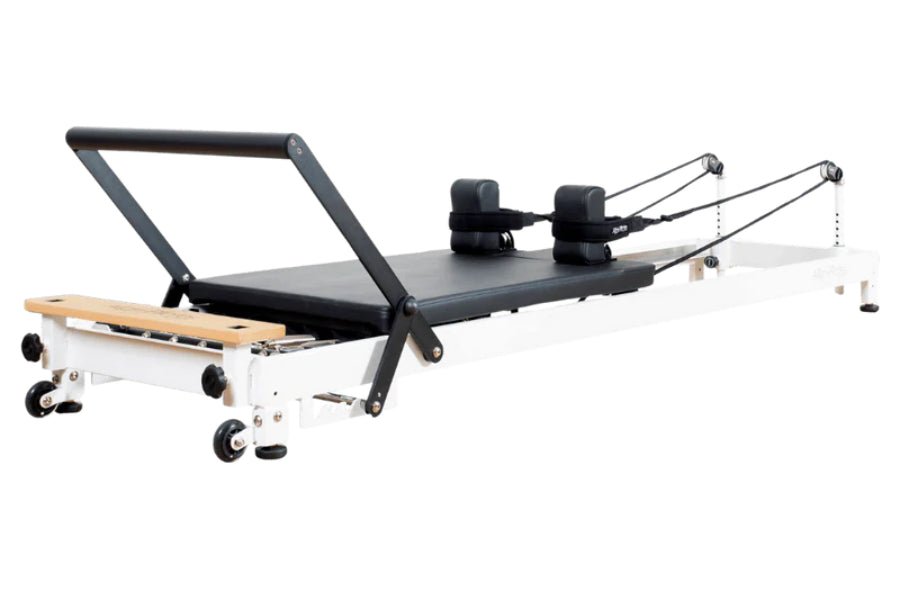Functional Training: The Best Exercises for Daily Strength
GYMSPORTZ PTE LTD | 4 March 2025

Modern fitness trends come and go, but functional training remains a core principle for building strength that translates into everyday life. Unlike traditional weightlifting, which focuses on isolating muscles, functional exercises mimic real-life movements, helping to improve stability, balance, and overall strength. Whether it's carrying groceries, climbing stairs, or lifting objects, functional training ensures your body is prepared for daily challenges.
Squats for lower body power
Squats are one of the most effective exercises for functional strength. They mimic movements like sitting and standing, making them essential for improving lower body endurance. A well-executed squat engages the quadriceps, hamstrings, glutes, and core, helping to stabilise the entire body.
To perform a proper squat, stand with feet shoulder-width apart, lower your hips as if sitting into an invisible chair, and push through your heels to return to a standing position. Adding resistance with dumbbells or kettlebells can enhance the movement, preparing your body for tasks that require lifting or carrying weight.
Deadlifts for full-body strength
The deadlift is an excellent exercise for building functional power, particularly in the lower back, hamstrings, glutes, and core. This movement closely resembles actions like picking up heavy items from the ground, making it incredibly useful for daily life.
Begin with feet hip-width apart and a barbell or dumbbells in front of you. Hinge at the hips, keeping your back straight, and lower the weights to just below the knees. Engage your core and lift the weights by pushing through your heels. Practising proper form will reduce the risk of injury while improving overall strength.
Lunges for balance and stability
Lunges target the legs and core while promoting balance, coordination, and unilateral strength. The movement mirrors activities such as walking upstairs or stepping over obstacles, making it a great addition to any functional training routine.
To perform a lunge, step forward with one foot, lower your hips until both knees form 90-degree angles, and push back to the starting position. Alternating between forward, reverse, and lateral lunges enhances movement versatility and improves overall agility.
Pull-ups for upper body endurance
One of the best ways to develop upper body strength is through pull-ups. This movement engages the back, shoulders, arms, and core while replicating actions like lifting and pulling. A strong back and shoulders are crucial for posture and injury prevention, particularly for those who spend long hours sitting at a desk.
If a full pull-up is too challenging, resistance bands or assisted pull-up machines can provide support. Gradually increasing repetitions will build strength and endurance over time, making daily lifting tasks easier and more efficient.
Push-ups for core and chest engagement
Push-ups are a staple in functional fitness, working multiple muscle groups, including the chest, shoulders, triceps, and core. This exercise supports pushing movements in daily life, such as opening doors or lifting objects.
Start in a plank position with hands slightly wider than shoulder-width apart. Lower your chest towards the ground while keeping your body aligned, then push back up to the starting position. Variations such as incline or decline push-ups can be incorporated to target different muscle groups.
Rowing for cardiovascular and muscular endurance
Rowing is an exceptional full-body exercise that builds endurance while strengthening the legs, back, and arms. A water rowing machine provides resistance that mimics real-life rowing, making it a fantastic option for improving both cardiovascular fitness and muscular strength. The rhythmic pulling action closely resembles movements like carrying heavy bags or pulling objects, ensuring a well-rounded functional workout.
To maximise results, maintain a strong posture, engage the core, and drive through the legs with each stroke. Rowing also enhances coordination and stamina, making it an excellent addition to a functional training routine.
Sled pushes for explosive power
Sled pushes are a high-intensity functional exercise that strengthens the lower body while improving cardiovascular endurance. The movement simulates pushing heavy objects, which is useful for real-life tasks like moving furniture or shovelling.
To perform a sled push, lean forward slightly, grip the sled handles, and drive through your legs while pushing the sled across a flat surface. Adjusting the weight load will determine whether the exercise focuses more on speed or strength.
Core rotations for spinal mobility
Core rotation exercises such as Russian twists or cable woodchoppers improve spinal mobility and core stability. These movements mirror twisting motions used in daily activities, like reaching for something behind you or swinging a bag over your shoulder.
For Russian twists, sit on the floor with knees bent, lean back slightly, and rotate the torso side to side while holding a weight. Controlled movements will maximise muscle engagement and prevent unnecessary strain on the lower back.
Functional training for all fitness levels
Functional exercises cater to all fitness levels and can be easily modified based on individual goals. Whether incorporating resistance bands, kettlebells, or even a treadmill for home workouts to improve endurance, the key is to prioritise movements that enhance daily performance.
A well-structured functional training routine not only builds strength but also reduces the risk of injuries and improves overall quality of life. For high-quality fitness equipment to support your training, visit Gymsportz and explore our range of workout essentials designed for functional strength and endurance.







